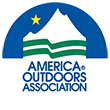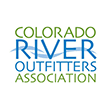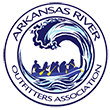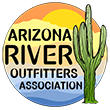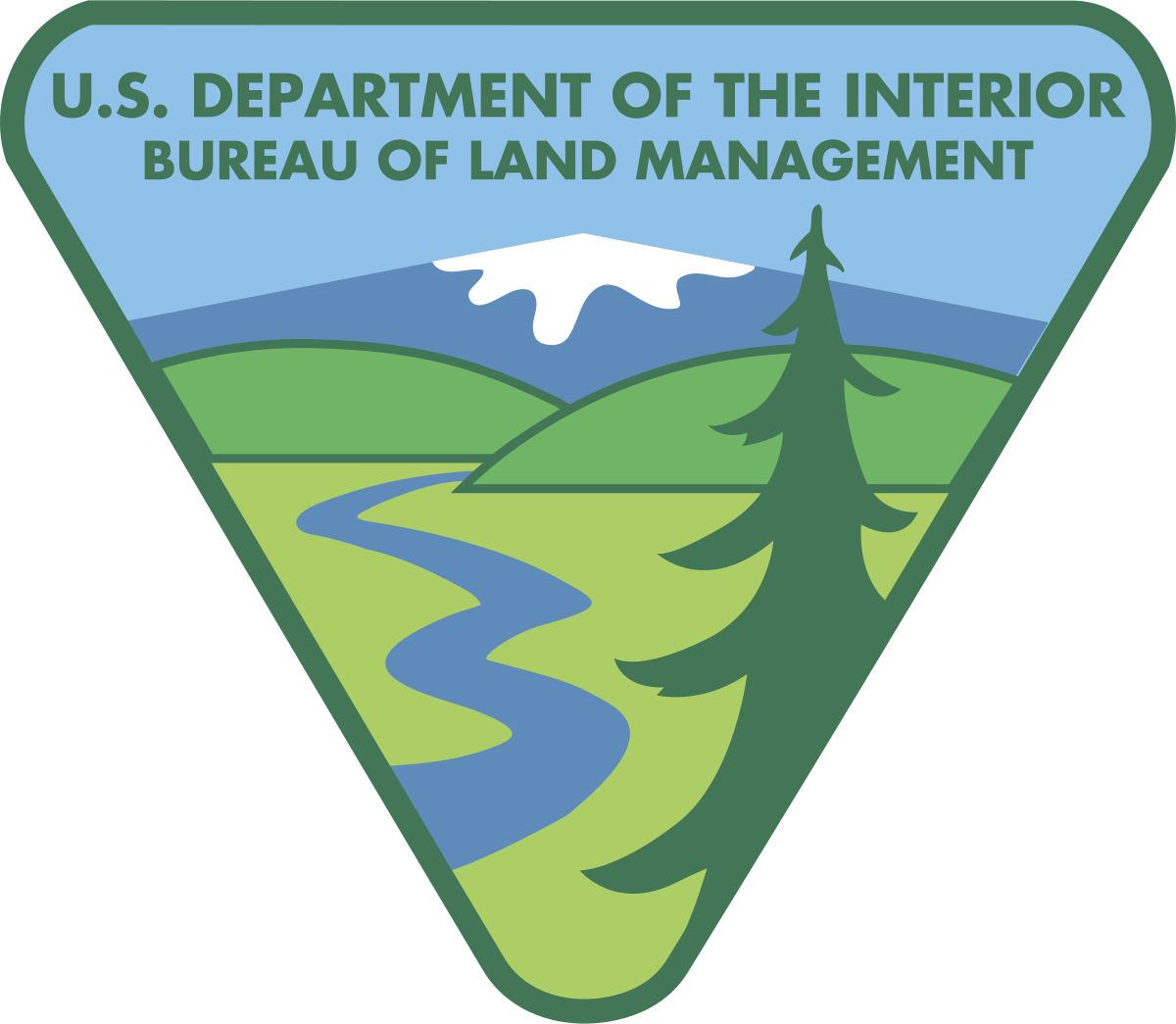The Risk of Flooding in Colorado Rivers is Declining, Creating Ideal Whitewater Rafting Conditions
According to the National Weather Service and the US Geologic Survey, high water levels in Colorado rivers are falling back toward normal levels, as flood waters have crested and more moderate temperatures have led to a more stable, normalized release of snow melt across the state. This stabilized melting should continue into July, as Colorado rivers and streams generally remain at above-average levels within a normal range. Late spring snowstorms resulting in an average snow pack of 247% of normal levels have generated concern over the possibility of flooding in many Colorado rivers, and had authorities bracing themselves across the state. These concerns now appear to have diminished, although flooding remains a risk in some areas. The rivers with the highest risk of flooding remain those in northwestern Colorado, including the Elk and the Yampa near Steamboat Springs, as well as the Cache la Poudre near Fort Collins. Those at the lowest risk include rivers in southern and central Colorado such as the Arkansas River and its tributaries, which can expect average to slightly above average water levels. Water levels on the Colorado River have dropped in recent days, lowering the risk of flooding. Readings at the Cameo station dropped from a high of nearly 30,000 cfs early last week to 25,500 cfs this morning (June 14th). Overall, cooler temperatures during the late spring and summer have curtailed expectations of higher flows created by a series of late-spring snowstorms in Colorado. Forecasters now expect a more mild, sustained snowmelt continuing through mid-summer, reducing the risk of flooding and creating great conditions for white water rafting in Colorado. Ideal White Water Rafting Conditions The combination of high spring snowfall amounts across the state, and cooler weather during the snow melt season resulting in a moderate snow melt rate forecasted to continue over an extended period of time have created the likelihood of a near perfect river-rafting season throughout Colorado. Rivers throughout Colorado, including the Arkansas River, Colorado River, Animas River, Gunnison River, North Platte River, and the Dolores River are open and are looking forward to sustained excellent river rafting conditions. And while a slight risk of further high water flows remains through June, when localized flows spike to high levels that are of concern to rafters, rafting companies are able to move trips to less turbulent sections of most Colorado rivers to match the level of skill and risk that their customers are able to enjoy. As of this morning, the US Geologic Survey was showing the water levels on the Upper Colorado River near Kremmling at 7,570 cfs, and 15,600 cfs at Dotsero, the Arkansas River just below Buena Vista at 3,170 cfs, the Gunnison River near Gunnison at 4,090 cfs, the North Platte River near Northgate at 4,270 cfs, and the Dolores River near Dolores at 1,560 cfs. View here for a complete list from the USGS.
Browns Canyon Takeout Gets a Facelift
The Hecla Junction River Access Point is the ending point for many of Wilderness Aware’s Arkansas River Browns Canyon rafting trips. River users recently benefited from a $1.2 million makeover that will make Hecla Junction more convenient for rafters and will protect it from flood damage. This site is the most heavily used access point on the Arkansas River. In an average year, over 90,000 people take out boats at the recreation site which is managed Colorado State Parks as part of the Arkansas Headwaters Recreation Area. The boat ramp is located in the bottom of a dry wash that periodically floods. Erosion of the boat ramp has made Hecla Junction impassable for vehicles in the past. Large loads of sediment has also damaged trout habitat in the river. In 2006 and 2007 there were two different 500 year flood events due to huge thunderstorms that each deposited up to 3.5 inches of rain in nearby Centerville. River flow in the Arkansas River at the mouth of Hecla Junction jumped from 700 cfs to over 4,000 cfs in a matter of hours. These storms severely damaged the site and led to an insurance damage settlements of $330,000. State Parks used the insurance settlements as an impetus to seek grant funding for this pilot sedimentation abatement and damage control project. A successful Colorado Department of Public Health and Environment grant of $425,000 and a Colorado State Parks Funding led to design work by Ayers Associates, an engineering firm with offices in Westminster Colorado. Other tributaries on the Arkansas River may benefit in the future if this project successfully reduces sediment going into the river. Langston Concrete of Pueblo sent a crew of over 25 men and large contingent of machinery to the site and completed the project in only 100 days which was 80 days ahead of schedule. The crew poured 570 yards of concrete on the boat landing apron. They also laid Armor Flex below the high water line, a network of cinder block like tiles that are connected by a mesh structure. This non skid surface is a relatively new product for use in river boat ramps. A large boulder retaining wall and a bridge leading out of the area rounded out the project. Wilderness Aware is excited to begin using the site in the spring of 2011. The improved ramp and parking area will improve safety for our guests and speed the loading of boats for a quick return to our headquarters after a great day of rafting on Browns Canyon of the Arkansas River. Hats off to Colorado State Parks, Ayers Associates, and Langston Concrete!
A friendly fox at our Buena Vista, CO rafting office
During the summer months at our whitewater rafting office in Buena Vista, Colorado there is non-stop activity nearly 24 hours a day, seven days a week. There are rafting customers coming in and out of the front doors, guides loading boats in the backyard, music playing over the loud speakers, and rafting buses loaded with boats and guests pulling in and out of the parking lot. During this time we don’t get much in the way of visiting critters, with the exception of the mysterious and little seen raccoon that thinks our trash can is an all-you-can-eat buffet. During the winter, it is much different. No rafting guests, very few cars in the parking lot, and a handful of staff in the office. Needless to say, our outdoor friends are not as shy. This winter we had a one visitor in particular that made his presence known. As we were sitting in the main office, we looked out and saw a full size fox taking his time roaming around the landscaping right outside the windows. As quickly as we could, we grabbed the camera and snapped a few photos of our new friend. As we took photos, the fox would not look at the camera…but then he jumped up on the wall just outside the front doors, gracefully sat down, and posed for the camera. The next moment, he stood, jumped down and ran out of sight. Since that day, he hasn’t come so close, though we catch an occasional glimpse of him under the boat trailers at the back of the property. We don’t know what possessed him to show off for us the day he did, but we are grateful for his visit because it makes us stop for a moment and be thankful that we live and work in the beautiful Colorado high country…amongst the skunks, rabbits, deer and occasional friendly fox.

